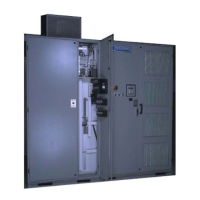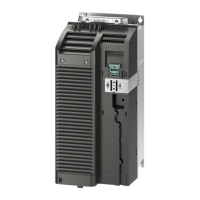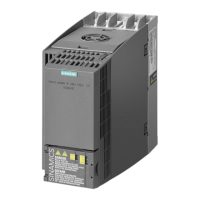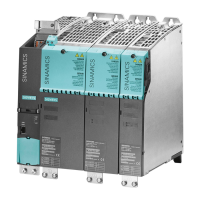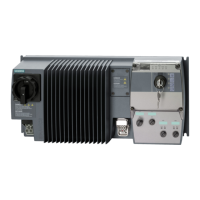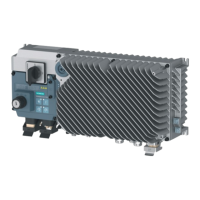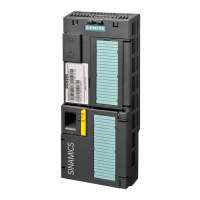The faults listed in the following table are related only to cells that have advanced protocol (AP);
600V AFE, 750V AP, 750V AP 4Q, and 1375 HV AP cells. Some apply specically to only one type
and are noted as such.
Table 11-15 AP cell faults
Fault Display Type Enable Potential causes and corrective actions
xx AFE Over-current
xx = cell that is faulted
F Fixed Cause
Excessive current detection in the active front end of the cell.
Action
1. Check for excessive line transients.
2. Check tuning in 600V AFE cells.
3. Check angles in 750V AP 4Q.
4. Check cell Hall eect.
5. Check for loose connections.
6. Replace CCB.
xx AFE Current Dev.
xx = cell that is faulted
F Fixed Cause
An AFE Current Dev fault occurs only for 600V AP AFE cells. This fault
indicates the cell is not able to produce the current requested.
Action
1. Check inductance of the input line reactors and replace if incorrect.
2. Check Hall eect transducers and CCB.
3. Study line conditions and reactive current demand at the time of the
fault.
4. Adjust "AFE Sat. lter" parameter ID 3046 as necessary.
5. Verify current loop tuning parameters are set correctly.
xx AFE Loss of Lock
xx = cell that has alarm
A Fixed Cause
This alarm occurs when the power cells AFE sync signal generated from
the modulator is lost for 22 mS or the cell fails to get an update after 58
carrier cycles.
Action
If it is determined that the line frequency did not go too low or that the
input breaker did not open while the drive was in operation, replace the
CCB and / or power cell.
xx Inlet Sensor Loss
xx = cell that has alarm
A Fixed Cause
This is a cell alarm that indicates the water temperature thermistor resist‐
ance is too high. This alarm applies to 600 AP AFE, 750 AP, and 750 AP 4Q
cells.
Action
1. Fix any loose connections.
2. Replace inlet water thermistor.
3. Replace CCB.
Troubleshooting Faults and Alarms
11.12 Cell Faults and Alarms
NXGPro+ Control Manual
474 Operating Manual, A5E50491925A
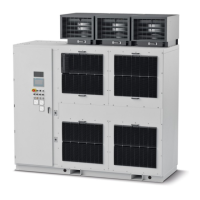
